Eutelsat and Marlink extend partnership for GEO Ku-band satellite capacity
Thursday, 17 February 2022 04:47 Eutelsat Communications and Marlink, the Smart Network Company, have agreed to extend their Global Maritime Partnership, initially signed in 2019, to support expansion in Africa and the Middle East (Red Sea and the Gulf) and to integrate the Americas and Asia into the portfolio of Eutelsat satellite capacity used by Marlink.
Marlink is the leading maritime VSAT operator in the world, with
Eutelsat Communications and Marlink, the Smart Network Company, have agreed to extend their Global Maritime Partnership, initially signed in 2019, to support expansion in Africa and the Middle East (Red Sea and the Gulf) and to integrate the Americas and Asia into the portfolio of Eutelsat satellite capacity used by Marlink.
Marlink is the leading maritime VSAT operator in the world, with NASA drops plans to fly Earth science instrument as commercial hosted payload
Thursday, 17 February 2022 02:38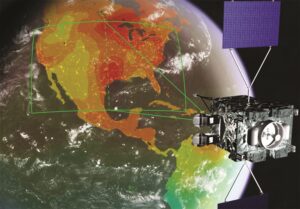
An Earth science instrument selected by NASA several years ago to fly as a hosted payload on a commercial communications satellite may instead fly on a standalone spacecraft because of a lack of hosting opportunities.
Aerospacelab raises 40 million euros in Series B round
Wednesday, 16 February 2022 23:43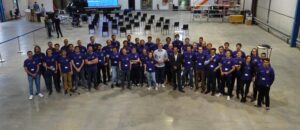
Aerospacelab raised 40 million euros ($45.5 million) in a funding round led by Airbus Ventures and XAnge, a European venture capital firm based in Paris and Munich.
The post Aerospacelab raises 40 million euros in Series B round appeared first on SpaceNews.
Space Force wants to create a more welcoming environment for private industry
Wednesday, 16 February 2022 21:29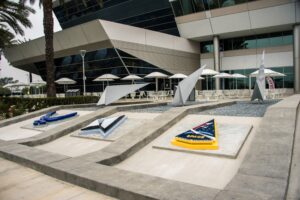
The U.S. Space Force’s procurement arm based in Los Angeles has launched a new effort to attract commercial space companies that do not typically work with the government.
The post Space Force wants to create a more welcoming environment for private industry appeared first on SpaceNews.
ABB gets $30 million order for EarthDaily imaging payloads
Wednesday, 16 February 2022 20:58
Switzerland-based technology provider ABB said Feb. 16 it is supplying multispectral imaging systems for EarthDaily Analytics’ (EDA) planned fleet of 10 satellites.
The post ABB gets $30 million order for EarthDaily imaging payloads appeared first on SpaceNews.
Josef Aschbacher’s speech at the ESA Council meeting
Wednesday, 16 February 2022 17:30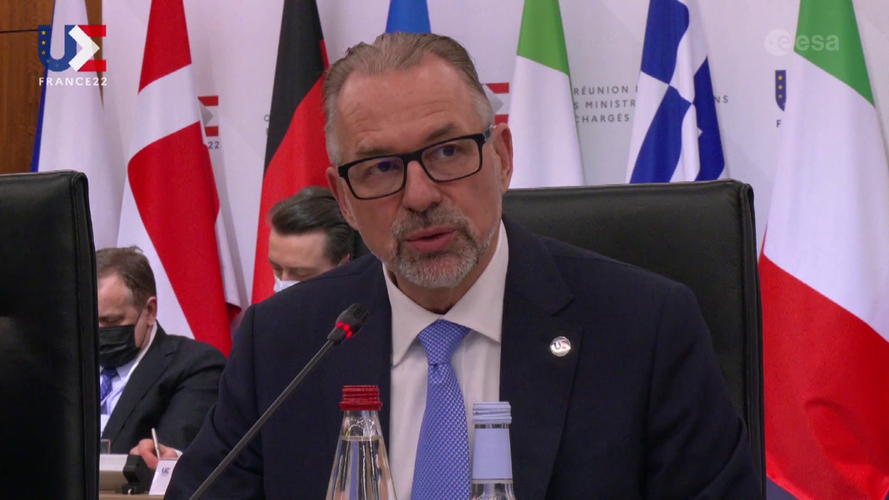 Video:
00:12:41
Video:
00:12:41
ESA Director General Josef Aschbacher speaks at the start of the ESA Council Meeting at Ministerial Level, part of the Space Summit in Toulouse, on 16 February 2022.
Luca Parmitano presents the European Astronauts’ Manifesto
Wednesday, 16 February 2022 17:00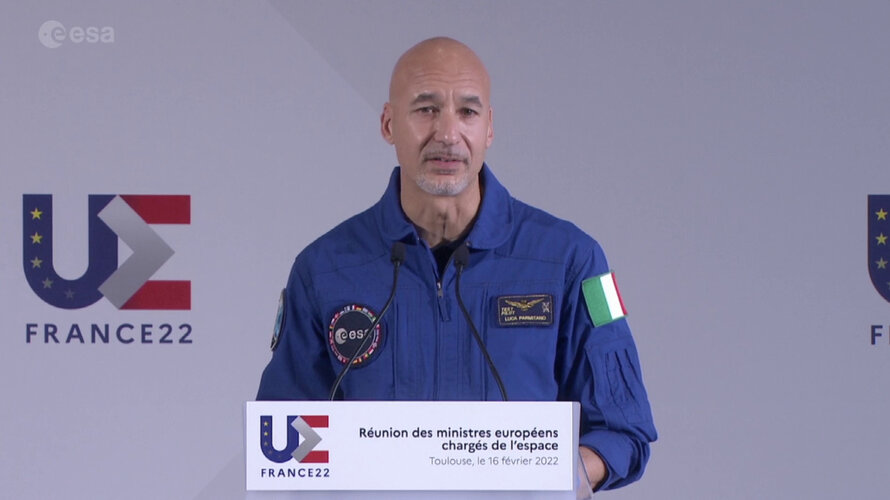 Video:
00:08:47
Video:
00:08:47
ESA astronaut Luca Parmitano presents the European Astronauts’ Manifesto during the Space Summit in Toulouse, on 16 February 2022.
James Webb telescope going through cooling process
Wednesday, 16 February 2022 16:05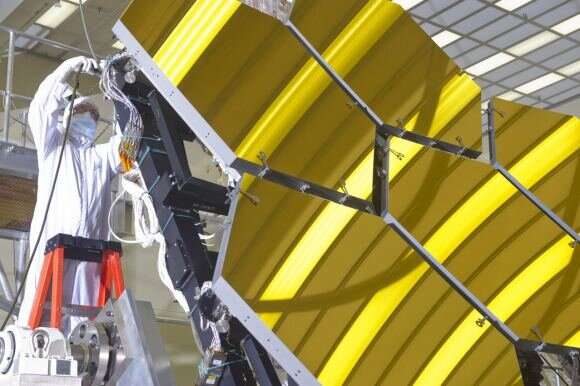
Cooling things down in space is trickier than it might sound. But that is exactly the process the James Webb telescope is going through right now. Getting down to cryogenic temperature is imperative for its infrared imaging systems to work correctly. While the telescope has already started, it will be another few weeks before the process is complete and it's ready to start capturing its first groundbreaking infrared images of the universe.
That might seem like an exceptionally long time to cool something down, but it's all part of the difficulty of doing so in space. The first tricky point is getting out of the sun, which can heat equipment up to blistering temperatures if it is exposed to direct sunlight. Luckily, James Webb has a specially designed sun shield to keep it out of direct sunlight.
The rest of the telescope's instruments have been cooling since the sunshield was deployed several weeks ago.
Op-ed | How America Can Become a Leader in Cleaning Up Space
Wednesday, 16 February 2022 14:00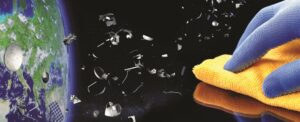
The United States needs to implement a holistic Space Environment Management (SEM) program, and the most important missing element of that program is the development of remediation capabilities that can remove debris from orbit and help clean up the space environment.
Exploring new worlds
Wednesday, 16 February 2022 14:00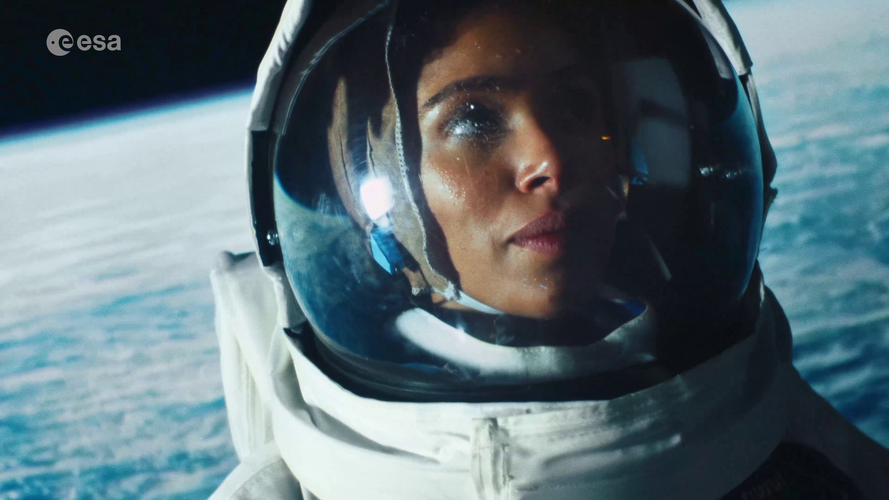 Video:
00:02:19
Video:
00:02:19
As part of Agenda 2025, ESA will take preparatory steps towards a sample return mission from the moons of giant planets, and will foster innovation by challenging commercial companies to develop a next generation of competitively priced European space transportation systems.
Space science and planetary exploration have a unique inspirational power for engaging young generations in science, technology, engineering and maths, creating a highly educated workforce for the future.
Collaborating with the European space industry to foster innovation generates economic growth and new revenues, as well as creating new jobs for European citizens. All the money invested in space
Fresh from the ISS: How high school students are leading an experiment on space-made yogurt
Wednesday, 16 February 2022 13:30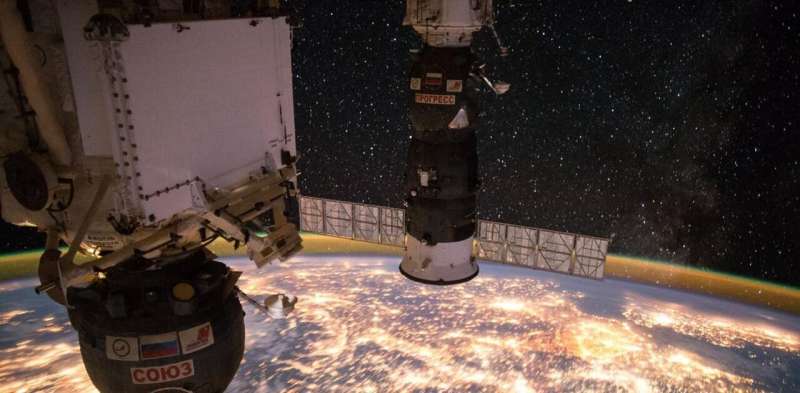
It's probably no surprise that keeping healthy in space is incredibly important. And without the typical resources found on Earth, creative solutions have to be explored.
Right now, some excited Year 10 and 11 students from around Victoria are waiting with anticipation as their space-made yogurt—fresh off the International Space Station (ISS)—heads back to Australia from NASA facilities in the United States.
The students worked with researchers at the Swinburne University of Technology to design an experiment investigating the nutritional values of space-made yogurt. The results could provide insight into how to best help astronauts with vital nutrition during long-haul spaceflight.
The human gut
A critical factor in human health is the overall health of our gut microbiome, which is estimated to host more than 100 trillion bacteria.
Maintaining the health and diversity of these bacteria might be even more important in space than on Earth. In 2019, NASA released groundbreaking results from a year-long study on astronaut twins Mark and Scott Kelly.
In 2016, Scott spent 365 days on the ISS, experiencing reduced gravity, while Mark remained on Earth.
Phase Four wins DARPA contract to test novel propellant
Wednesday, 16 February 2022 12:00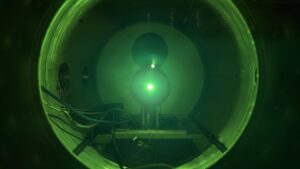
Phase Four won a Defense Advanced Research Projects Agency contract to demonstrate the California startup’s radio frequency thruster technology with a new propellant.
The post Phase Four wins DARPA contract to test novel propellant appeared first on SpaceNews.
How well does concrete work in space?
Wednesday, 16 February 2022 11:40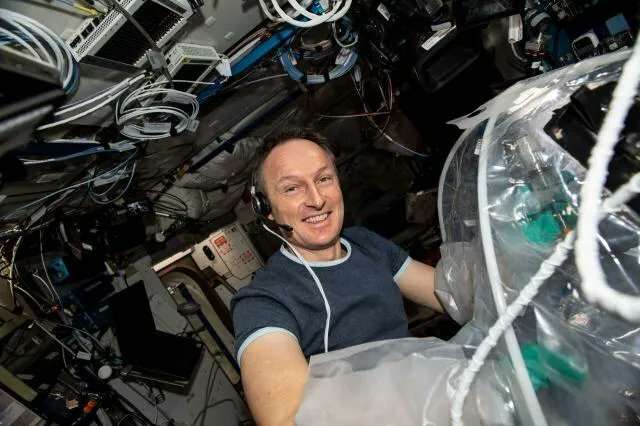
Concrete is not the first material one usually thinks of when exploring space. Nor is it the focus of much cutting-edge research. The most common building material has been used by humanity for thousands of years. But surprisingly, little is still known about some of its properties, due in no small part to the limitations of the environments it can be tested in. Now, this most ubiquitous of materials will be tested in a new environment—the microgravity aboard the International Space Station.
The experiment, part of the "Cosmic Kiss" mission, will have German astronaut Matthias Maurer hand-mixing concrete in microgravity using a specially designed mixer no larger than the size of his hand and a giant inflatable bag. That obviously will not lead to much concrete, but its properties will be particularly telling to scientists.
Students confirm errant rocket's Chinese origin, track lunar collision course
Wednesday, 16 February 2022 11:38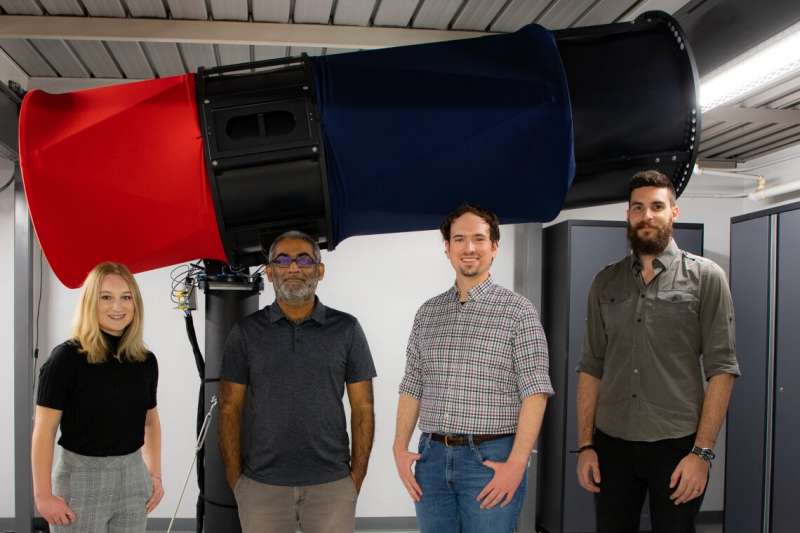
European Union advances broadband constellation despite negative assessments
Wednesday, 16 February 2022 10:52
The European Union is moving ahead with its proposed broadband constellation despite two negative internal assessments.
The post European Union advances broadband constellation despite negative assessments appeared first on SpaceNews.
